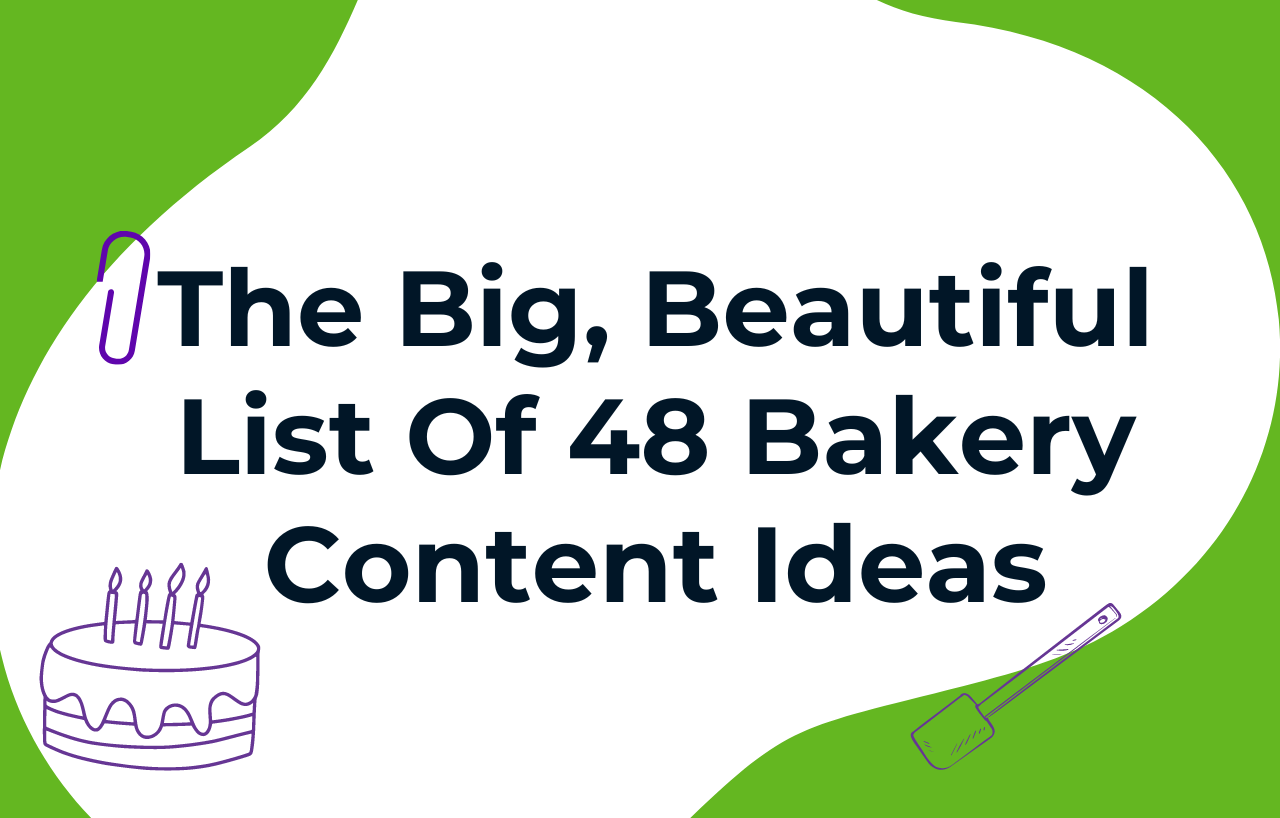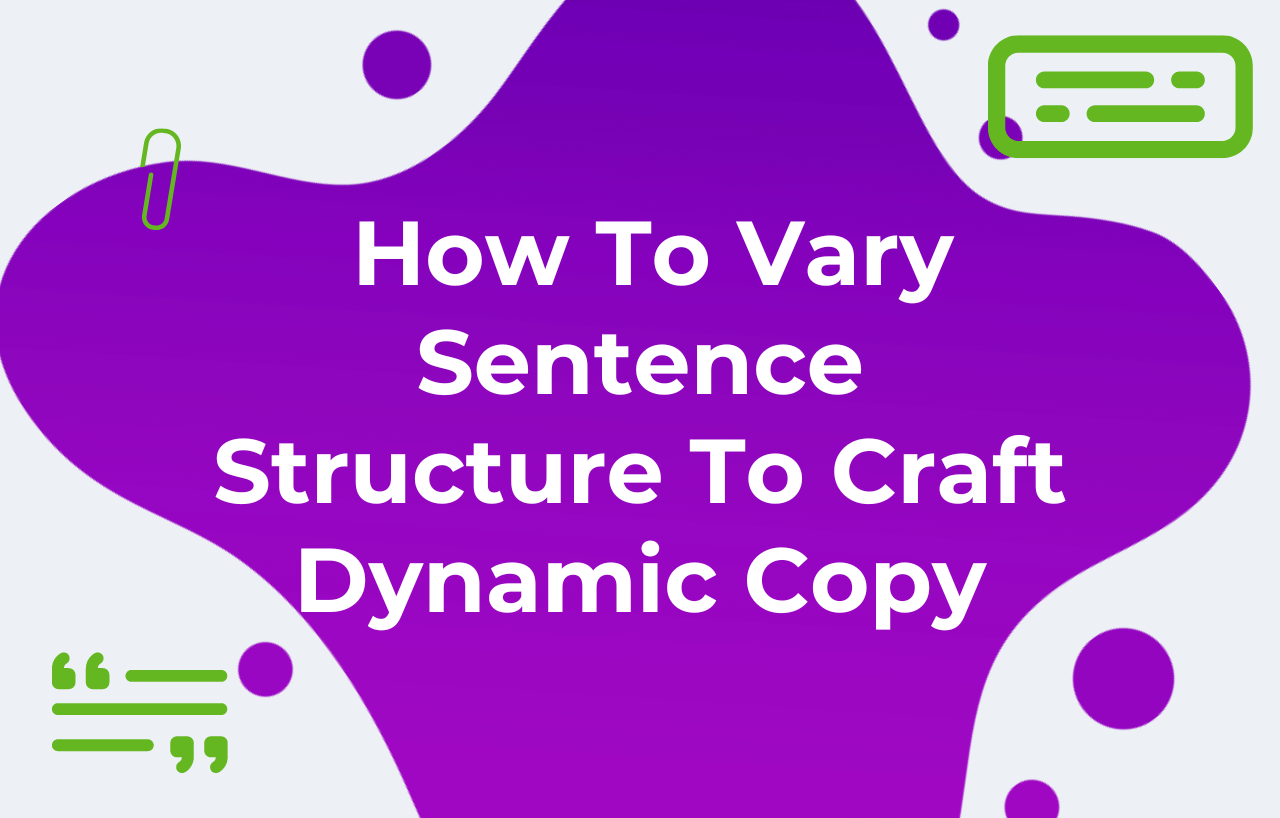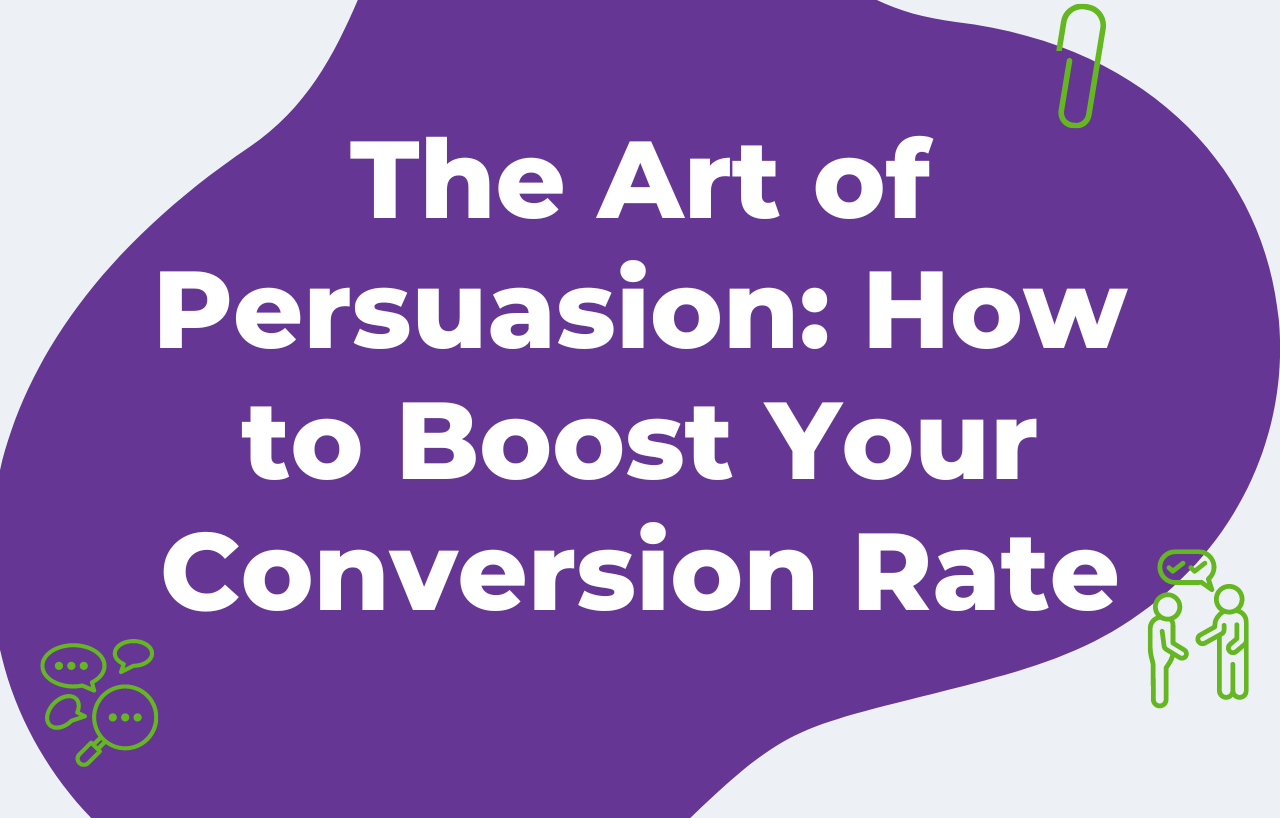Many businesses view email marketing as an outdated method of winning new customers, but they couldn’t be more wrong.
According to a recent HubSpot survey, 59% of respondents said that emails influence their buying decisions.
Despite being the oldest form of digital communication, email still holds a serious amount of sway with customers.
In fact, it outperforms all online marketing strategies, including SEO, PPC, and other forms of content marketing. Surprising, we know!
This sounds great, but if you haven’t used email as a marketing strategy, you’re probably wondering where to begin. Thankfully, we’re here to tell you everything you need to know.
So sit back, relax, and enjoy reading our top 5 tips for creating the ultimate email strategy.
This is the beginning of your journey towards driving more traffic to your website, increasing leads, improving sales, and communicating better with your customers. Let’s get started!
How to create an email marketing strategy
An email strategy simply means you’re following a set of email procedures to help you achieve your marketing goals.
As part of your email strategy, we recommend doing the following:
1. Personalise your emails
When we say personalise your emails, we don’t mean manually sending an individual email to every subscriber on your list. Nobody has time for that!
Email personalisation means using your customers’ data to create targeted messages. Personalised emails are a surefire way to make your subscribers feel special. And who doesn’t like to feel special?
In fact, personalisation makes people more likely to click on an email, because personalised emails stand out among other promotional messages.
47% of email recipients open their mail based on the subject line alone, and they’re 22% more likely to open personalised ones.
Here are a couple of ways you can personalise your emails:
- Simple personalisation: Simple personalisation includes information about the user in your email. For example, use their name as the subject line or send them a special happy birthday message.
- Smart personalisation: This type of personalisation goes one step further. Smart personalisation lets you alter the email’s contents based on your user data. For example, you can send different product offers to men and women in a single email campaign.
2. Keep your subject line short and sweet
These days, humans have very short attention spans. We’re sorry, but it’s true.
That’s why most people like to be able to scan through their inboxes in the least amount of time possible. This, of course, gives emails with shorter subject lines a major advantage.
Email subject lines with 6-10 words have the highest open rate.

While subject lines may seem like a small part of your message, they’re key to a good first impression. So, it’s also important that your subject lines pique your subscribers’ interest.
This means creating subject lines that are compelling, unique, and engaging. Just think of the emails you yourself are more likely to open.
Also, try your best to avoid overused words and clichés. You want to present your audience with a hook that captures their attention and lures them into wanting to know more – without sounding like everyone else.
3. Provide value every time
Inspiring your audience to click on your email is the first step towards getting them to take the desired action. But it’s not the last.
If you want your audience to read the contents of your message and carry out your call to action, then it’s essential to offer them something of value.
In fact, the more value you can provide your customers in your email campaigns, the more they’ll look forward to getting your emails each month, and the more likely they’ll be to take the action you want.
Providing value in your emails is the best way to nurture a meaningful relationship with your subscribers and to create trust in your brand. To add value to your subscribers, focus on their needs and avoid language that’s overly ‘salesy’.
If you’re unsure whether your email is valuable, ask yourself the following questions:
- What is essential to my contacts?
- How can this email help meet their needs?
- How will my content benefit my contacts or help them solve a problem?

4. Perform A/B testing
In the context of email, A/B testing sends two variations of the same email to two different sets of contacts.
This differs from sending two personalised versions of the same email, as we discussed earlier. Instead, A/B testing gives you insight into which email performs better.
Through A/B testing, you can determine which campaign variation leads to the best results. You’ll learn something from your audience and how you can best adjust future campaigns to meet their preferences.
Email components you can test and compare during A/B testing include:
- Subject line
- Length
- Personalisation
- Timing
- Visuals
- Content
- Design
5. Send mobile-friendly emails
61% of marketing emails are opened on mobile devices, and 80% of people will delete an email that isn’t optimised for their mobile device.
These figures show just how important it is to send out mobile-friendly emails.
Unsure how to do this exactly? Here are some helpful tips:
- Watch your subject line length: A desktop inbox displays a subject line of around 60 characters, while a mobile device only shows 25-35 characters.
- Keep your copy concise: Create short, scannable content that’s easy for users to consume. Consider short paragraphs and bulleted lists that convey the action you want users to take.
- Be mindful about your images: Not all mobile devices display images by default, so it’s best to plan for an ‘images off’ experience. Make sure your email makes sense even if it has no media.
- Keep your CTAs front and centre: When creating emails for busy readers, get to the point quickly and tell them what you want them to do upfront.
What are the 4 types of marketing emails?
1. Welcome emails
A welcome email is the first email new subscribers receive after signing up for your email list. Welcome emails typically confirm that someone has successfully joined your newsletter list and deliver the incentive promised to them when they signed up.
2. Newsletters
Many businesses and organisations send email newsletters to stay fresh in the minds of their recipients. A newsletter opens the door to a better understanding of your brand and the particular products and services you offer.

3. Re-engagement emails
Re-engagement emails are emails you can send to encourage inactive customers to come back. Inactive subscribers are those who have stopped engaging with your regular emails, as measured by engagement metrics like click rate and open rate.
4. Transaction emails
Transactional emails are messages sent in response to a user’s action on a website or application. They typically have a functional purpose, like confirming email subscriptions, delivering shipping notifications, or updating customers about their orders.
Build an effective email marketing strategy with our help today!
We hope this blog post has given you insight into creating an effective email marketing strategy.
If you need help creating emails for your business, we would love to help. At The Content Lab, we craft compelling websites, blogs, emails, and social media posts that appeal to your audience.
To get started, reach out to Abby, our founder and head content strategist.
Other Posts
 Content Marketing
Content Marketing The Big, Beautiful List Of 48 Bakery Content Ideas
 Content Marketing
Content Marketing The Art Of The Sentence: How To Vary Sentence Structure To Craft Dynamic Copy
 Content Strategy 101
Content Strategy 101 
